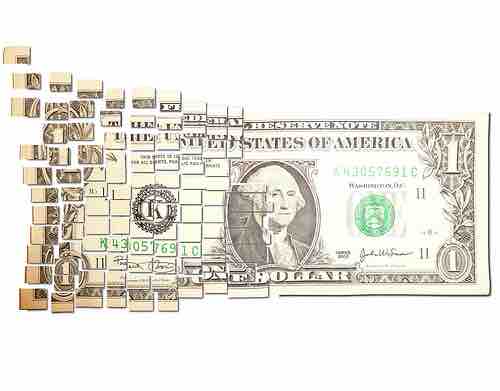Managing Float
The term float is used in finance and economics to represent duplicate money present in the banking system during the time between when a deposit is made in the recipient's account and when the money is deducted from the sender's account. Float is also associated with the amount of currency available to trade - i.e., countries can manipulate the worth of their currency by restricting or expanding the amount of float available to trade. Float is most apparent in the time delay between a check being written and the funds to cover that check being deducted from the payer's account. Once the recipient, or payee, deposits the check in the corresponding account, the bank immediately credits (increases) the payee's account, assuming that the payer's bank will ultimately send the funds to cover the check. Until the payer's bank actually sends the funds, both the payer and the payee have the same money in their accounts. Once the payee's bank notifies the payer's bank of a pending check, the duplicate funds will be removed from the payer's account and the checks will be considered to have cleared the bank. In check clearing, bank float and customer float are present.
Bank float is the time it takes to clear the funds, from the time they were deposited to the time they were credited to the depositing bank. Customer float is defined as the span of time between the deposit to the time the funds are released for use by the depositor. The difference between the bank float and the customer float is called negative float. Negative float is used by the bank as the overnight investable funds. Float can cause marginal changes in the money supply. Before electronic check clearing, bad weather or communication problems often caused float to significantly increase, as the clearing of checks was delayed. Another aspect of float time is its use to defraud, commonly known as check kiting.
Float In Relation To Cash Management

Floating Cash
In cash management, float can be utilized to make use of cash on hand for as long as possible.
When managing cash disbursements, a company should endeavor to increase the amount of time present in the disbursement cycle. In other words, it is appropriate to delay making payments until they come due in order to have use of available cash for as long as possible. Some methods for accomplishing this include mailing checks far away from those waiting to receive payment, disbursing checks from a remote bank, or purchasing with credit cards. Methods such as these present a company with three types of float to take advantage of: